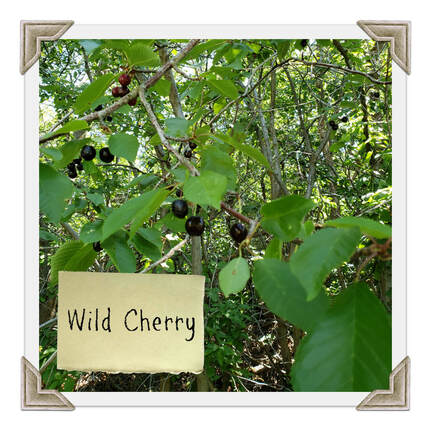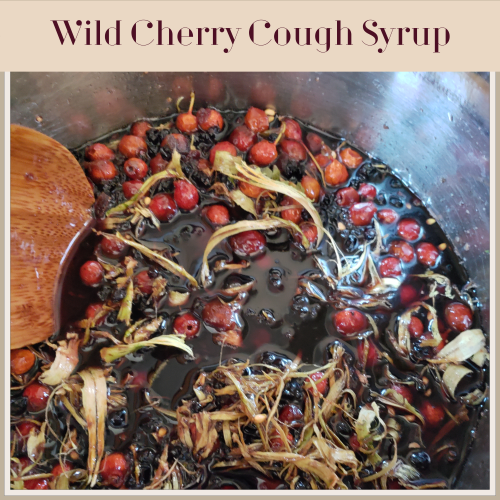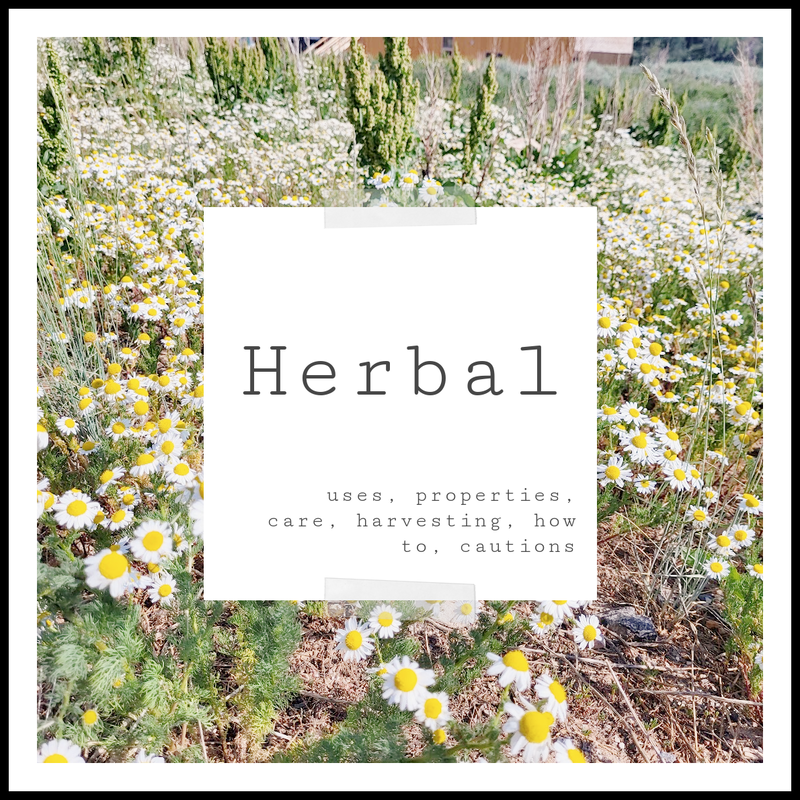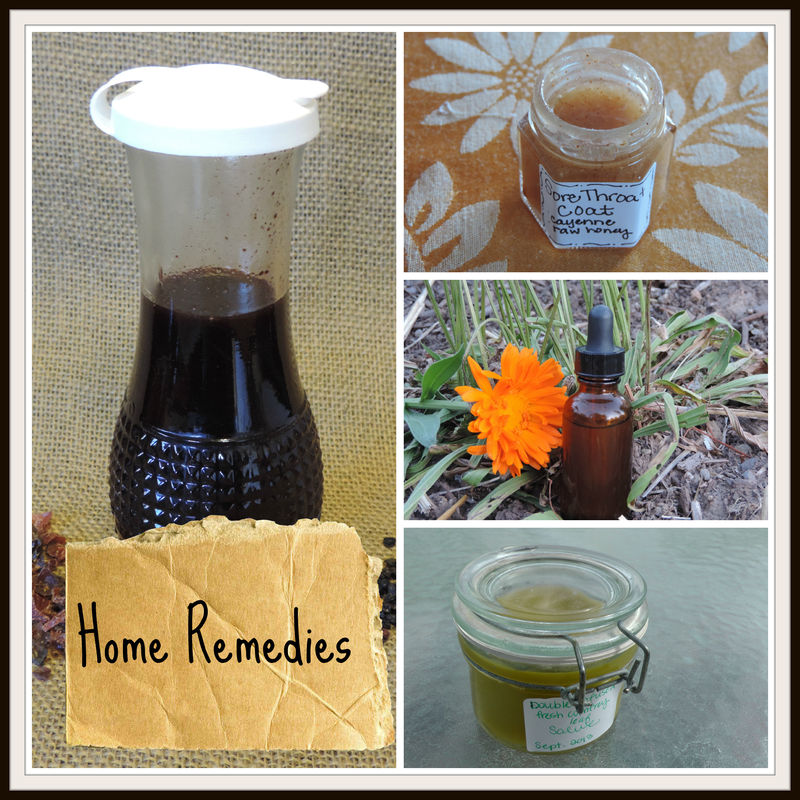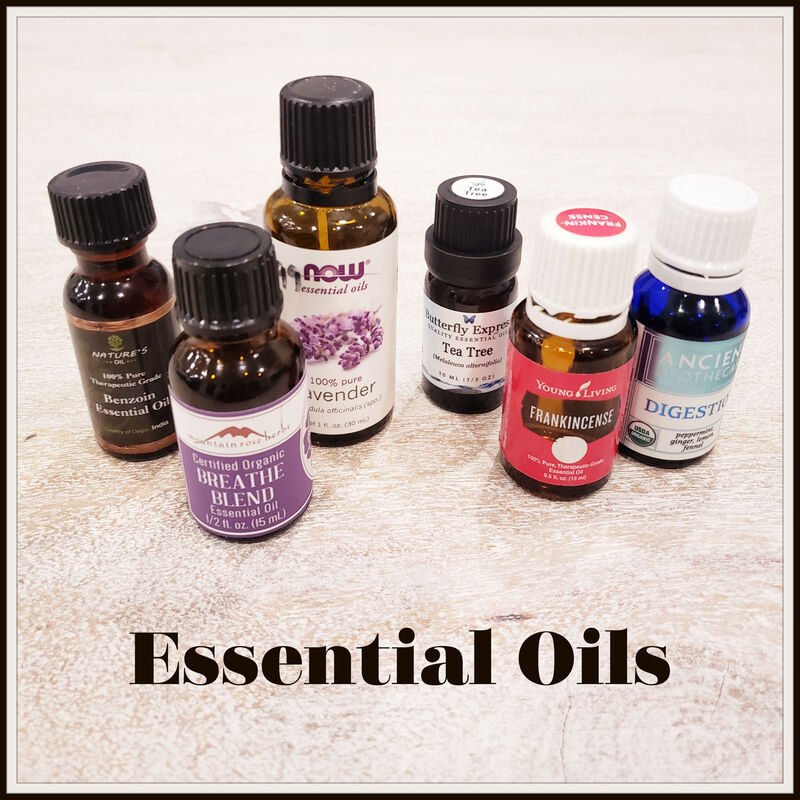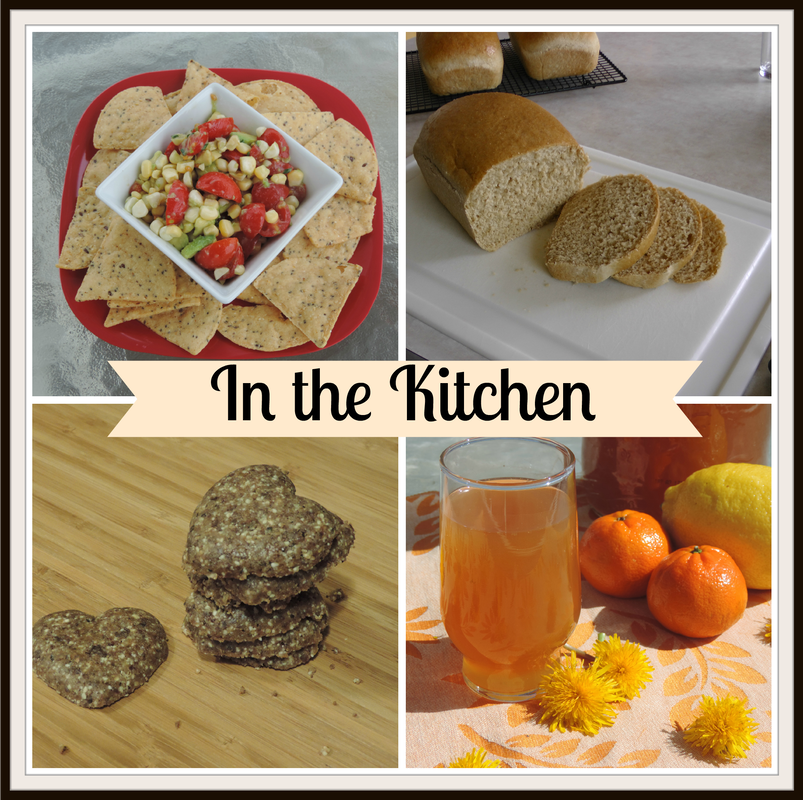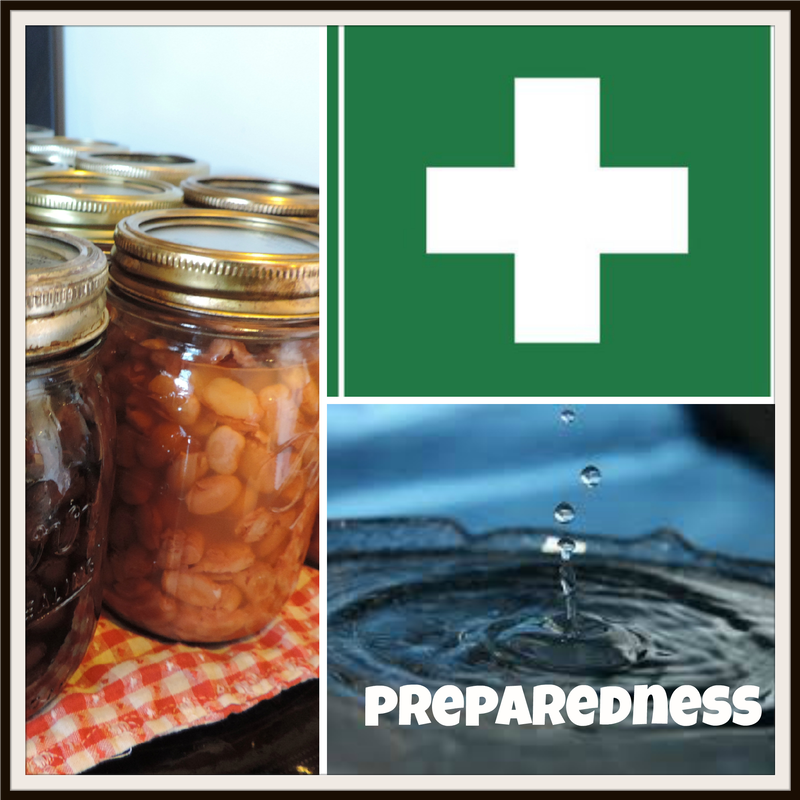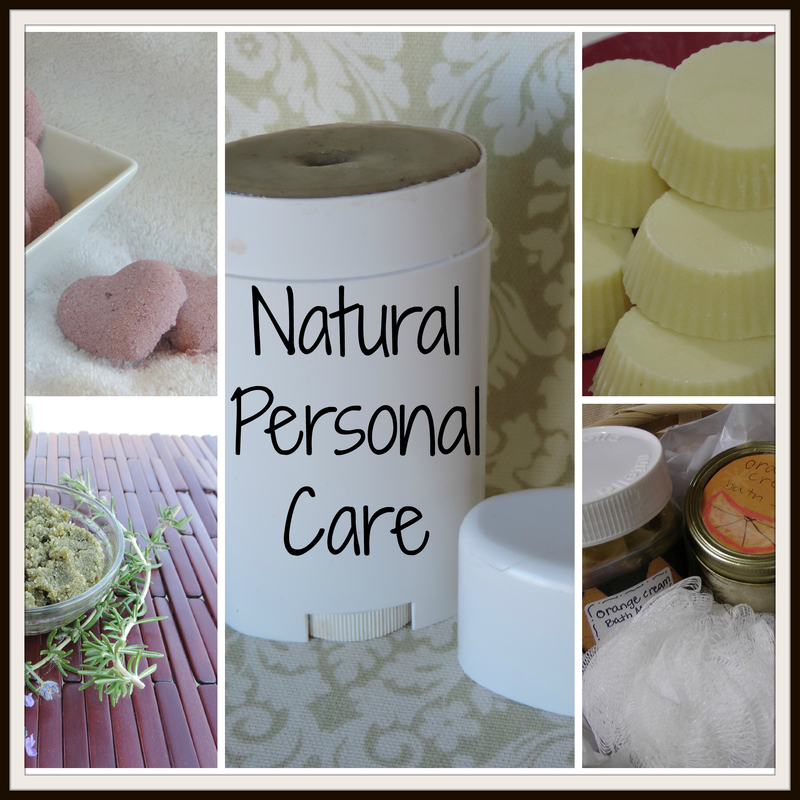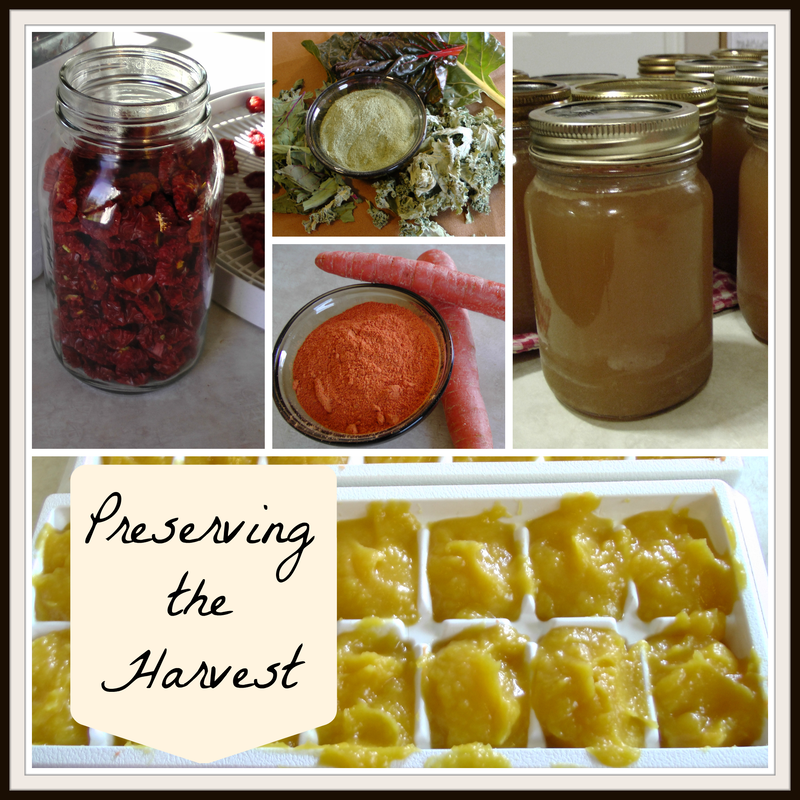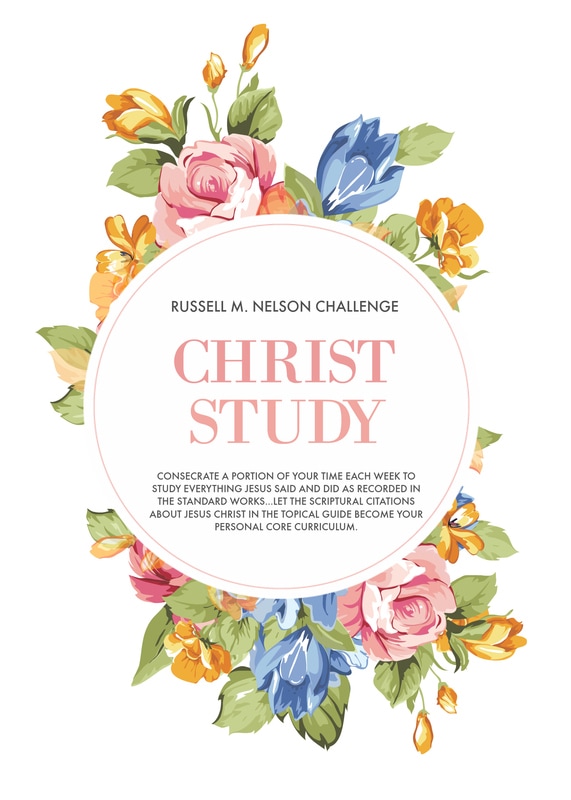Family: Rosaceae (includes rose, apple, peach)
Parts Used: Inner bark
Actions and Properties
- nervine sedative
- astringent
- expectorant
- digestive
Uses
- Bronchitis
- Whooping cough
- Unproductive cough
- Eye inflammation, use a wash with the bark.
- Fevers (cooked cherry juice with equal parts honey)
- Calms indigestion and upset stomach.
- Pain reliever for headache and aching from cold and flu.
Methods of Use
- Food: Fruit can be eaten fresh, cooked, juiced or dried. (Doesn't have the same properties of the bark)
- Tea (only make with a cold infusion, heat will destroy properties)
- Syrup
- Tincture
- Powdered, capsules
- Eye wash, gargle
Care and Harvesting
- Fruit is ready to harvest in the autumn and will be red to black. The fruit is edible but doesn't contain same healing properties as the bark.
- Harvest the bark mid-fall to late winter
- Cut twigs and branches as if pruning and strip off outer bark. Peel, one layer at a time the inner bark, which is living, moist and greenish in color. Use immediately for tincture and syrup or dry for future use.
